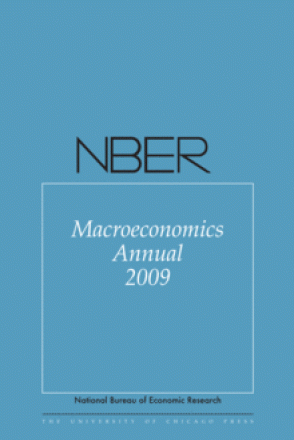Reducing Foreclosures: No Easy Answers

You may be able to download this chapter for free via the Document Object Identifier.
This paper takes a skeptical look at a leading argument about what is causing the foreclosure crisis and distills some potential lessons for policy. We use an economic model to focus on two key decisions: the borrower’s choice to default on a mortgage and the lender’s subsequent choice of whether to renegotiate or “modify” the loan. The theoretical model and econometric analysis illustrate that “unaffordable” loans, defined as those with high mortgage payments relative to income at origination, are unlikely to be the main reason that borrowers decide to default. In addition, this paper provides theoretical results and empirical evidence supporting the hypothesis that the efficiency of foreclosure for investors is a more plausible explanation for the low number of modifications to date than are contract frictions related to securitization agreements between servicers and investors. While investors might be foreclosing when it would be socially efficient to modify, there is little evidence to suggest that they are acting against their own interests when they do so. An important implication of our analysis is that the extension of temporary help to borrowers suffering adverse life events like job loss could prevent more foreclosures than a policy that makes mortgages more “affordable” on a long-term basis.


